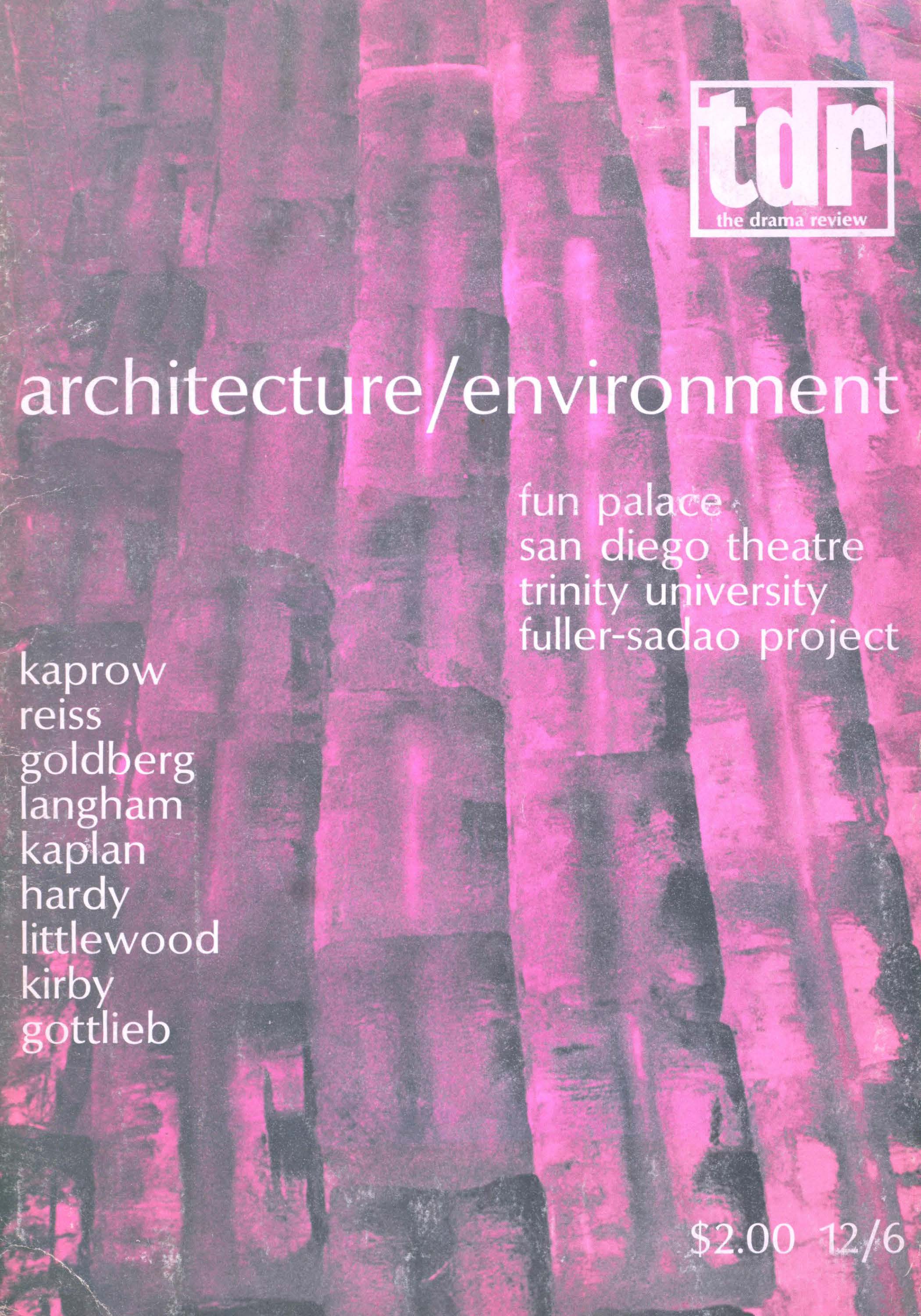Article contents
The Shamanistic Origins of Popular Entertainments
Published online by Cambridge University Press: 07 December 2021
Extract
A special category of theatrical activity includes types of performance that appear to be unrelated, or only indirectly related, to each other and to drama proper. Ropewalking, conjuring, juggling, sword-swallowing, and other such acts associated with the wandering mountebank, the fairground, circus ring, side-show, and music hall represent particularized skills developed as a means of popular entertainment. One link with drama is an origin of clowning and comic performance amid activity of this type. Tumblers figure prominently in the Chinese theatre, and the Italian commedia dell'arte was probably created by acrobats. The techniques of the stage magician contributed to the illusionism of nineteenth-century drama, and trained animal acts were employed in its hippodrome-like spectacle. Performances of this kind, such as acrobatics or magic acts, when practiced as popular entertainments, seem to relate to the esthetics of drama only through the use of skill and through a common theatricality; they seem independent of considerations of narrative form or of the representation or enactment of another reality.
- Type
- Popular Entertainments Issue
- Information
- Copyright
- Copyright © 1974 The Drama Review
Footnotes
Title illustration of shaman's trick with snake bag is courtesy of Bureau of Ethnology. Shaman produces two snakes from the bag and a few moments later the snakes disappear.
References
Bibliographical References
- 9
- Cited by


